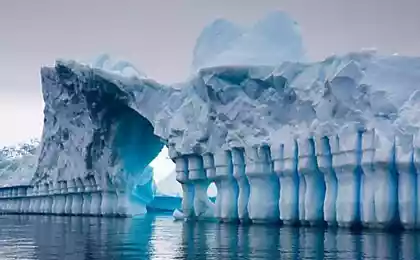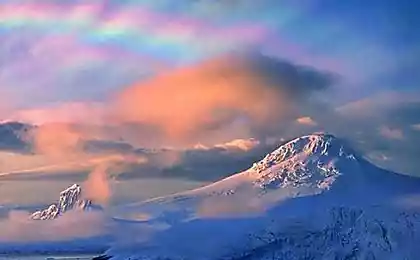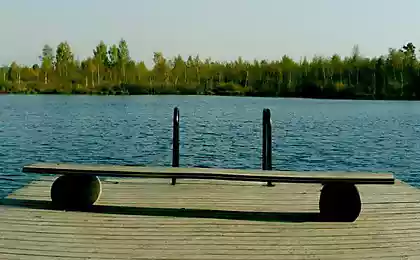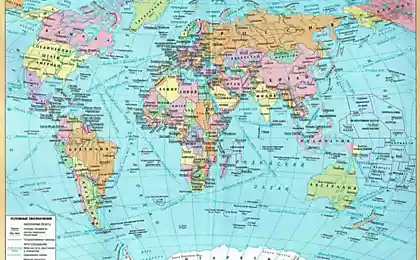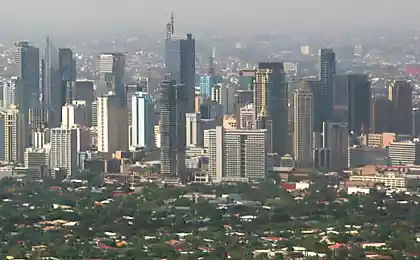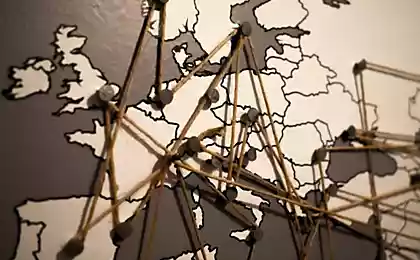851
Under the Indian Ocean found the long-lost continent
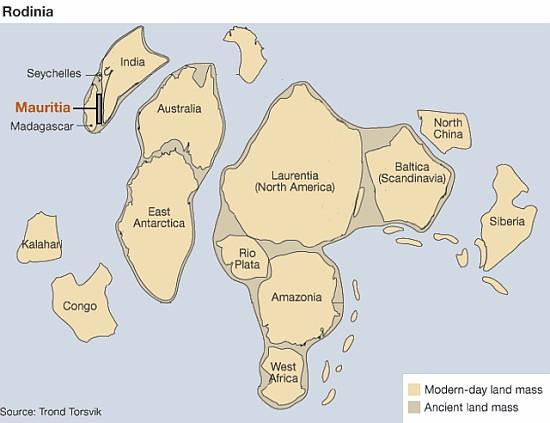
Sand on one of the Mauritian beaches reveals ancient rock landscape
The remains of long ago submerged the ancient microcontinent may lie below the waters between Madagascar and India, suggests a new study.
Part of the lost ground for a long time were found on the territory of the volcanic island of Mauritius, located about 900 kilometers east of Madagascar. The oldest basalt deposits on the island of scientists refer to the time of about 8, 9 million years ago, says the geologist from the University of Oslo Bjørn Yamtvayt. Careful study of the coastal sand, which Yamtvayt and his colleagues gathered at two locations on the Mauritian coast, discovered about 20 zircons - tiny crystals of zirconium silicate, which are extremely resistant to erosion or chemical changes. These zircons were more ancient than the scientists could have imagined.
Zircons crystallized in granite or other igneous rocks at least 660 million years ago, says Yamvayt. One of the found samples, as scientists say, 1, 97 billion years.
Yamvayt and his colleagues suggest that the craggy rocks containing "itinerant" zircons, descended from the ancient fragments of continental crust, which runs below the Mauritius. There is an assumption that the natural geological by the recent volcanic eruption moved the fragments on the surface of the Earth, where the zircons, fallen from its source rock, the island fell into the sand.
The work team of scientists has been published in the journal Nature Geoscience.
Remnants of crust
In his article, scientists suggest the hypothesis that under the bottom of the Indian Ocean lies not one, but many fragments of continental crust. Studies Earth's gravitational field show several broad areas where the crust of the ocean floor is much thicker than normal size - at least 25-30 kilometers thick, while the norm is 5-10 kilometers.
These anomalies can be explained by the fact that the crust layer is compacted remains of the ancient land mass, which the team called of Mauritius. Scientists suggest that this - split from Madagascar, which is disconnected when the tectonic fractures and expansion of the ocean floor have initiated the expansion of the Indian subcontinent in the north-east of millions of years ago. Subsequent processes of stretching and thinning of the crust in this region loaded fragments of Mauritius under the water, and with them and the island of the archipelago, or about three times more of Crete, the researchers said.
The picture shows a light color modern land. Dark - an ancient land. Photo from earthdynamics.org
In order to ensure the "purity" of the study, the team decided to collect and examine the sand, but not boring, local rock formations. The closest known exposure of the continental crust, which may be the birthplace of Mauritian zircons is in Madagascar.
"This is far - many kilometers across the deep sea," - said Yamvayt. In addition, the zircons came from Mauritian places so remote that it is unlikely that they have brought to people.
"Obviously a local source of these zircons not" - says the geologist from the University of Oxford the Console Niokayl Mack, who was not directly involved in the research.
In addition, it is unlikely that the zircons came to Mauritius in the wind, says marine geologist at Oregon State University, Robert Duncan. "There is a slight chance that they were moved by the wind, but theoretically, these fragments are too heavy for such a journey," - he adds.
Other ocean basins around the world can hide the same submerged remains of "ghost continent", says Mack Niokayl. Only a careful study of the ocean floor, including geochemical studies of rocky breeds, show, do you have split and now flooded Mauritius any long-lost "brothers," the scientists conclude.

